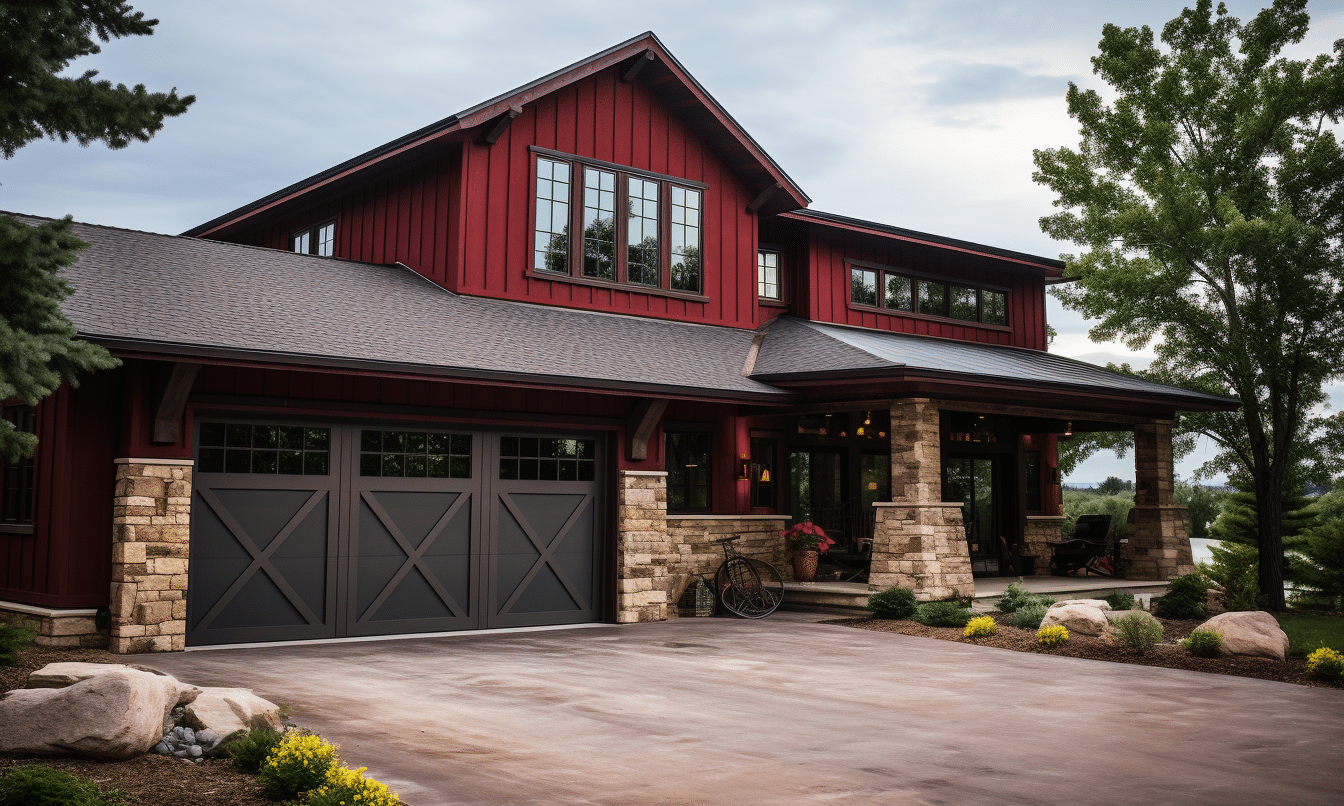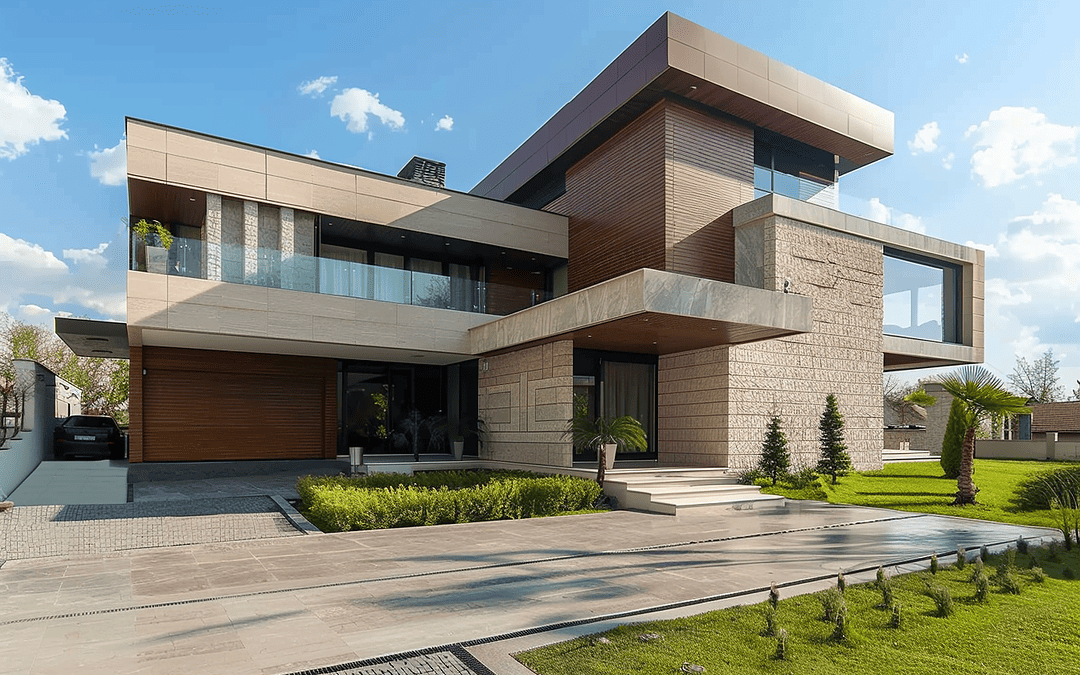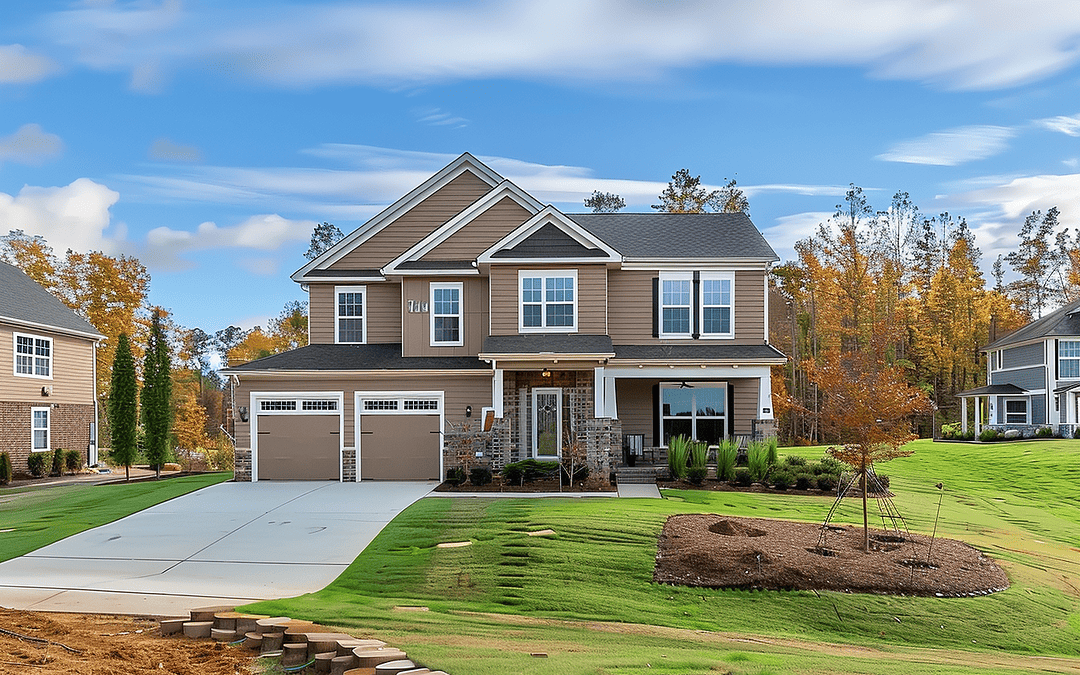Mississauga’s Modern Makeover: The Transition to Steel Building Homes
Modern architectural designs are rapidly shifting towards more practical, resilient, and ecologically friendly materials. A shining example of this innovation is right in Mississauga, a dynamic, culturally diverse city located on the shores of Lake Ontario. Developers and homeowners alike are riding on the wave of the Mississauga Modern Makeover, and at the heart of this transition is the growing popularity of steel building homes.
Why The Shift to Steel Buildings in Mississauga?
You might be wondering, what is prompting this transition towards Steel Buildings in Mississauga? Are steel buildings really the solution for a future-forward, resilient, affordable, and sustainable home? Let’s explore why steel homes are shaking things up in Mississauga’s housing market.
The Strength and Versatility of Steel Buildings
Steel, as a building material, is known for its strength and durability. It’s resistant to most environmental stressors and pests that can wreak havoc on traditional wooden homes. Additionally, steel structures offer flexibility in design, allowing for personalized floor plans and architectural aesthetics. Can you now see why the Mississauga Modern Makeover has embraced steel buildings?
The Evolution of the Housing Market
A glance at the housing market reveals a compelling trend. Buyers are leaning towards homes that not only provide comfort and safety but also contribute to sustainable living. Traditional wooden homes, while boasting an authentic charm, struggle to compete with steel buildings on durability, customization capacity, and especially ecological footprint. Realty29’s recent analysis highlights this shift to more resilient and sustainable housing options.
A Sustainable Future with Steel Homes
As part of their sustainability initiatives, many modern builders are turning towards green building technologies. Joining this wave are steel homes, termed the ‘homes of the future,’ due to their promising ecological footprint. Steel, unlike wood, is 100% recyclable. Moreover, steel-frame buildings perform better on energy efficiency tests, further reducing their carbon footprints. The Mississauga Modern Makeover is not an aesthetic shift alone but a determined move towards a greener future.
Opportunities for Builders
This shift in housing preference has also opened new doors for builders specializing in steel building construction. Skilled professionals who can merge client needs with the unique benefits of steel structures are in high demand. It’s a win for employment and a win for homeowners exploring the benefits of steel homes.
The Impact on Land and Infrastructure
In terms of city planning, the adoption of steel buildings is also proving beneficial for Mississauga’s landscape. The beauty of steel housing lies not just in its sleek, modern design but also its structural simplicity. This results in shorter construction times, reduced construction waste, and minimal impact on the local infrastructure during construction.
The Future of the Mississauga Modern Makeover
The growing interest in steel building homes is just the beginning. As more homeowners realize the myriad benefits of these structures, we expect to see a significant impact on Mississauga’s cityscape, it’s mark on the Realty29 listings, and ultimately, on the overall housing landscape.
In conclusion, the Mississauga Modern Makeover is not just an architectural revolution. It’s an environmentally-conscious initiative driving us towards sustainable, resilient, and affordable living. As the steel building trend continues to grow, homeowners, builders, and the city at large stand to reap the numerous benefits it offers. Mississauga’s modern makeover is just a glimpse into the promising future of sustainable urban living, and it’s one we’re all excited to be part of.




